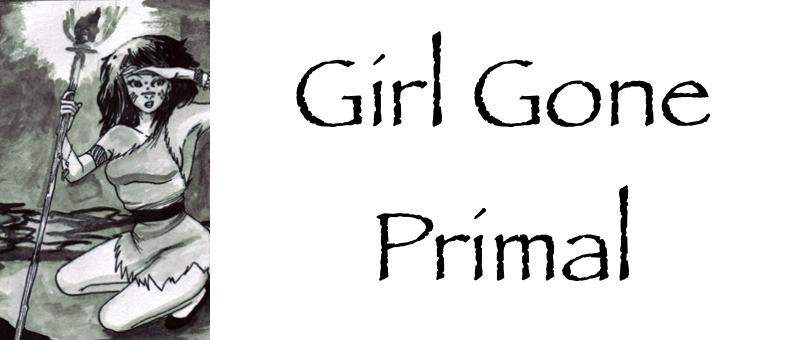Ingredients:
Minced or diced pork fat
Method:
1. Place fat in a large pan, and add enough cold water to cover fat. Bring to the boil.

2. Simmer fat for a long period of time, watching constantly, stirring every ten minutes, while fat dissolves and cracklings start to form.

3. Once fat has all dissolved,pour rendered lard into a warmed receptacle, using a strainer to collect the cracklings. Definition of adequately rendered lard = so pure and refined that you can see your reflection in it:

Don't dump the cracklings - they're great sprinkled on salads (faux-croutons), or anywhere breadcrumbs would 'traditionally' be used.

4. I keep my lard in a glass jar, in the fridge. I know it would keep quite happily outside of the fridge, but it's just easier this way. Any remaining impurities sink to the bottom while the lard cools, leaving you with the purest lard right until the last few spoonfuls!

I'm using lard for EVERYTHING! Delicious! I'm still using coconut oil for sautéeing veggies, particularly cabbage, but there's absolutely nothing better for cooking animal products!

 I cut out grains, sugar and starches at the beginning of 2009. I have been keeping a journal as I have progressively shed my bulges and my processed foods. I am aiming to live a clean, primal lifestyle, and I wish to share my eating habits with those who wish to clean up their lifestyle and live happily and healthfully. As the cliche states - if I can do it, so can everybody else.
I cut out grains, sugar and starches at the beginning of 2009. I have been keeping a journal as I have progressively shed my bulges and my processed foods. I am aiming to live a clean, primal lifestyle, and I wish to share my eating habits with those who wish to clean up their lifestyle and live happily and healthfully. As the cliche states - if I can do it, so can everybody else.
5 comments:
About how long is 'a long period of time'? lol
I was expecting about an hour, but it ran a bit longer than that... I stopped keeping track and just judged by the way the fat dissolved. I'd hate to put a number on it and end with you guys straining your concoction too early and wasting fatty goodness.
After my first few lard-rendering experiments, I've given up on the water at the start. It avoids burning, but so does keeping the heat low at the beginning.
My current technique is to cut the fat into strips the size of my little finger, throw them about two-three inches deep in the pan on low heat, stir while gradually raising the temp until there's about an inch of rendered liquid. Then break out the stick blender and just blend everything up. About 10-15 minutes later, it's fully rendered and the cracklings will fall to the bottom when you turn off the heat. Pour it through a fine strainer (I use cheesecloth), and you're done.
One downside: you'll either need to lose some lard in the pan or a very fine strainer because the cracklins are chopped up smaller and some will make it through a typical screen-door colander. It's much faster than starting with water and the rendering yield is pretty much ideal, however, so the effort to filter seems worth it to me.
Also, if the resulting lard is too soft for your taste, throw in a little tallow to firm it up. 4:1 lard:tallow yields a butter-like consistency (soft at room temp but firm in the fridge). 6:1 remains "scoopable" when refrigerated and will at least stay put on a knife at room temp, so is what I prefer to do.
As an aside, I don't recommend trying to render tallow and lard at the same time. You need to skim tallow to keep it from picking up meat flavors and the skimming is a pain and draws out the rendering process. I try to make a year's worth of tallow (6-8 lbs is the right range for me), deal with the annoyance, and then just have it on hand for other purposes (pemmican, firming up lard, etc.).
Thanks for that, Ross!
I started with a 500g lump of frozen, ground pig fat, so using water was essential to gradually defrost the fat, otherwise the heat would not have transferred evenly. I might try sans-water if I have thawed fat next time, though I think I'll stick with what I did since the result is utterly superb. I love cooking with it! And it's so purdy :D And my strainer was just the steamer insert of my saucepan - bigger holes than your average colander! The way my fat was ground left me with big cracklings, so that made my life easy.
Post a Comment